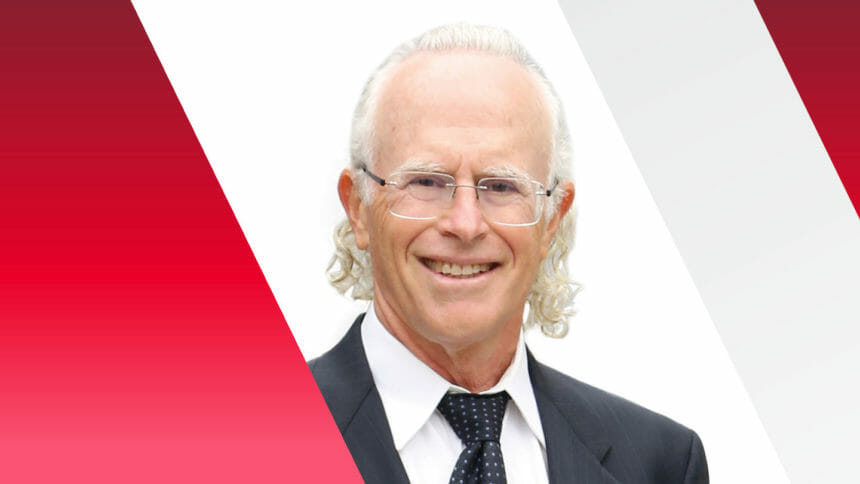
Federal officials and the public need more visibility into nursing home spending to determine whether their concerns about the cost of complying with a nationwide staffing mandate are justified, well-known industry observers said on a Wednesday webinar.
A key to nailing down a firm answer will be crunching more operational data and money numbers, said Harvard health policy expert David Graboswki, PhD.
He called the staffing rule proposed by the Centers for Medicare & Medicaid Services “the biggest reform” nursing homes have faced in decades while speaking on a panel hosted by the National Association of Health Care Assistants. He noted that providers have raised two major objections: one being a well-documented direct care labor shortage and the other being timing.
“Nursing homes feel like they’re taking this off of the pandemic, where they’re getting blamed for what happened in nursing homes. Some of that they own, but some of that, it was a really challenging situation. I want to be balanced there,” he said. “Timing is everything sometimes, but I really think this is about money, not timing.”
While CMS projects an annual cost of $4 billion to add enough staff to comply with the proposed rule, an earlier study conducted by CliftonLarsonAllen and based on a higher hourly standard found that cost could approach $11 billion annually. That cost, coming on the heels of a period marked by increased COVID expenses and sagging Medicaid rates, has been a major concern for operators and owners.
Grabowski said federal officials must find a way to more closely monitor cost data and see how much funding is leaking out of the system through questionable business transactions.
“Is there enough money in the system to pay for this? A lot of us think there are dollars there through these related party transactions and private equity,” Grabowski added. “We can’t put a number on that yet because we don’t have that data, and because we don’t have the data, nursing homes can say, ‘It’s going to bankrupt us.’ I feel like we’re going in circles on this.”
Providers chime in
It was clear, however, that some provider representatives attended the webinar. The chat included messages pointing out that nonprofit providers, who often have higher staffing and quality metrics, are also worried by the rule’s potential cost. Others singled out state Medicaid underpayments or the inability to rebuild workforce, despite increasing wages for many positions.
Lori Smetanka, executive director of the National Consumer Voice for Quality Long-Term Care, said similar concerns have been raised by nursing homes in previous efforts to increase staffing levels. She said she was disappointed that CMS did not include a direct care spending requirement in its rule. The agency did propose a similar stipulation for home- and community-based service providers earlier this year.
She called the omission “perplexing,” though she acknowledged CMS took “a few steps forward” to collect more spending data in its proposal.
“We’re in a crisis and things are only going to get worse,” said CNA Sherry Perry, NAHCA board chair. “At some point, these people [owners] have to show some kind of human compassion and come to the table and be willing to give up some of their profit for the better good to take care of these people. Meet somebody halfway. Government, come to the table. Owners, come to the table.”
Former provider CEO endorses rule
Geriatrician Michael Wasserman (pictured), chairman of the California Association of Long Term Care Medicine’s Public Policy Committee and former CEO of a SNF chain, believes the rule can be implemented.
“I think this is absolutely possible. I think it’s even possible, believe it or not, regardless of whether we’re for-profit or nonprofit,” he said. “At the end of the day, it’s about how you do this.”
He also encouraged CMS to continue looking at resident acuity factors as the rule is finalized so that any rule captures the functional level of residents and the services they require. He said he was most “excited” about the proposal’s inclusion of updated facility assessment requirements, noting that those would force building leaders to do more frequent critical thinking about adequate staffing.
“We don’t believe minimum levels should become maximum levels,” Wasserman added.
The webinar was moderated by NAHCA co-founder and CEO Lori Porter.



